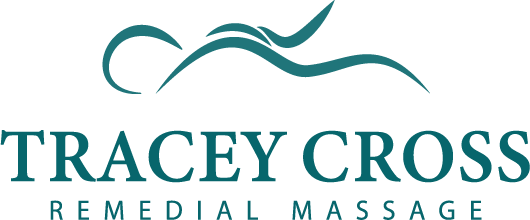How hormones contribute to your aches and pains
If you’ve noticed more aches, stiffness, or joint pain as you’ve gotten older—and especially around perimenopause and menopause if you’re a woman - you’re not imagining it. One of the biggest reasons is the natural decline in your body’s estrogen, which does far more than regulate the reproductive system. Men, your body also has some estrogen, which decreases as testosterone levels age.
Estrogen: A Natural Anti-Inflammatory
Estrogen plays a key role in keeping inflammation in check throughout the body. It helps suppress inflammatory chemicals like TNF-α and IL-6, which can otherwise cause pain, swelling, and stiffness, particularly in your joints and muscles.
When estrogen levels drop, particularly during perimenopause and menopause, this anti-inflammatory protection weakens. As a result, many women begin to experience increased joint pain, stiffness, and even the onset or worsening of conditions like osteoarthritis. Muscles may feel more fatigued or take longer to recover after exercise or strain, because estrogen also helps with recovery.
Estrogen is also important for maintaining collagen, a key component of cartilage, tendons, and ligaments. As collagen production slows, joints may support muscle repair, feel less flexible and be more prone to injury or wear and tear. A classic example is frozen shoulder, which becomes more common during the menopausal years, likely due to the reduced support estrogen once provided to connective tissues.
The Bigger Picture: Hormonal Shifts and Movement
Testosterone also plays a role, especially in maintaining muscle mass, strength and bone density. The drop in testosterone levels as we age can contribute to tendinitis, the inflammation of tendons, which can lead to pain and reduced joint function, as well as muscle wasting that results in reduced strength and renders us more prone to falls.
However, it’s the decline in estrogen that has the most immediate impact on inflammation and joint comfort. This shift helps explain why so many women report increased musculoskeletal discomfort as they age and why I treat so many women in their forties and fifties in my clinic.
How Massage Can Help
While massage can’t replace our hormones or prevent their decline, it can help manage some of the aches, pains and discomfort caused by their decline. Here’s how:
- Reduces Inflammation and Pain: Tendinitis and other inflammatory conditions can benefit from massage as it helps reduce swelling and pain. Techniques like lymphatic drainage massage can promote the removal of toxins and reduce fluid buildup around tendons, helping to alleviate discomfort. Additionally, the release of endorphins during massage can act as a natural pain reliever.
- Eases Joint Stiffness: Techniques like myofascial release or deep tissue massage can loosen tight muscles and improve range of motion, especially helpful for conditions like frozen shoulder or osteoarthritis
- Supports Muscle Recovery: Improved circulation means more oxygen and nutrients get into tired muscles, helping reduce soreness and improve function.
- Lowers Stress: Hormonal changes can heighten stress, further inflaming the body. Massage promotes deep relaxation and helps break that cycle.
A Natural Ally for Healthy Aging
Estrogen’s role in keeping inflammation under control is often overlooked, but it’s a key factor in why so many women feel a shift in their bodies during midlife. Incorporating massage therapy as part of a regular wellness routine that includes exercise, nutrition and sometimes medical support, can be a gentle, natural way to support your body through these changes and help you stay mobile, comfortable, and strong.
